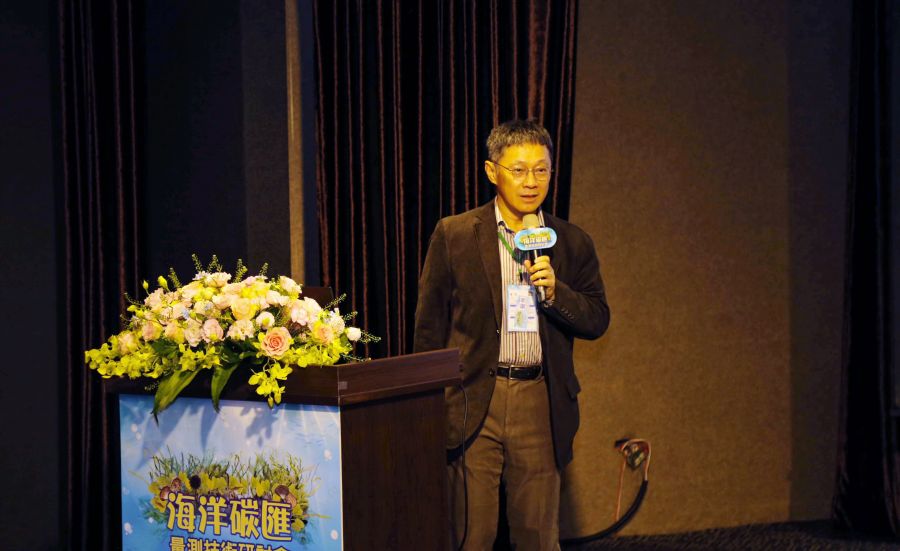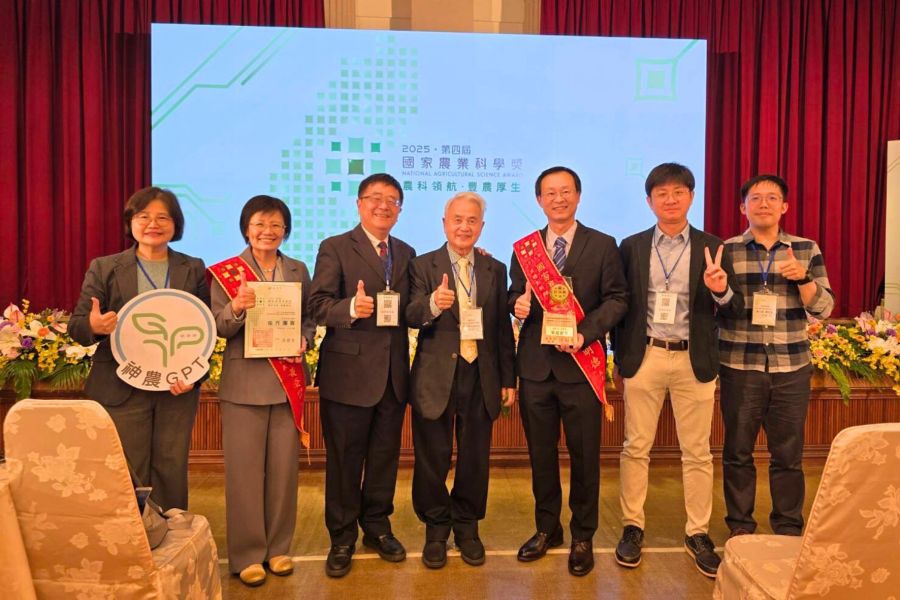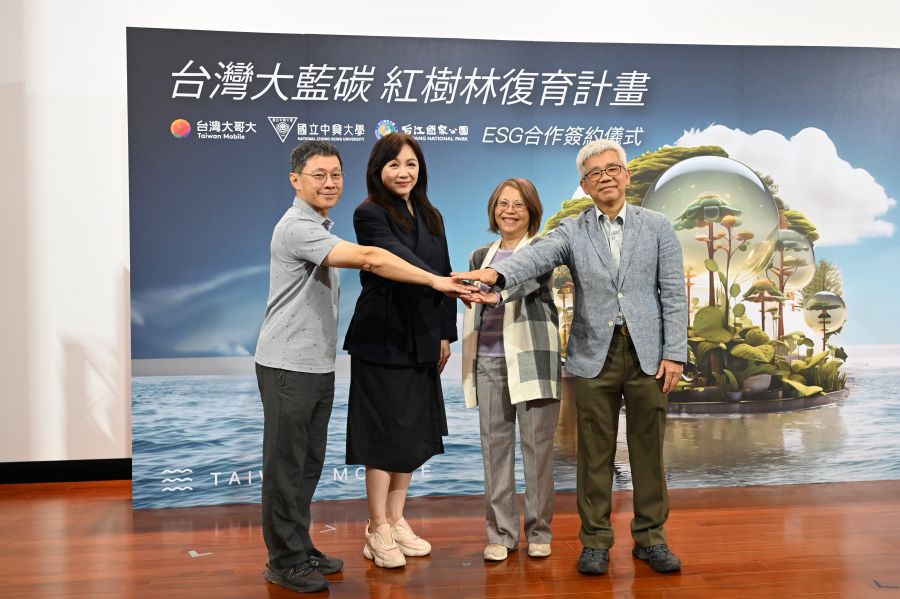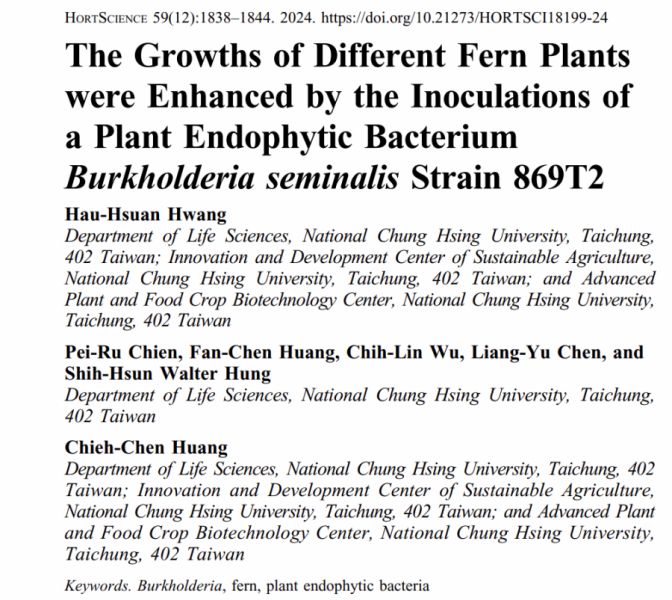| 論文篇名 | 英文:Mg-Mg2X (X=Cu, Sn) eutectic alloy for the Mg2X nano-lamellar compounds to catalyze hydrolysis reaction for H2 generation and the recycling of pure X metals from the reaction wastes 中文:Mg-Mg2X(X = Cu,Sn)共晶合金,用於Mg2X納米片狀化合物,催化水解反應產生H2,並從反應廢料中回收純X金屬 |
| 期刊名稱 | Journal of Alloys and Compounds |
| 發表年份,卷數,起迄頁數 | 2019, 772, 489-498 |
| 作者 | Song-Lin Li, Jenn-Ming Song, Jun-Yen Uan ★(corresponding authour) |
| DOI | 10.1016/j.jallcom.2018.09.154 |
| 中文摘要 | Mg-Mg2X(Cu,Sn)共晶合金在海水水解中的產氫特性。 Cu和Sn比Nd,Ni,Co和稀土元素便宜,它們被用作感應爐中Mg-Mg2X(Cu,Sn)共晶合金的快速(30分鐘)形成催化劑。氫氣在3.5 wt%的NaCl溶液中析出(以模擬海水)。塊狀Mg-Mg2Cu和Mg-Mg2Sn共晶合金都發生反應,直到Mg耗盡。此典型過程涉及多層Mg2X(作為陰極)和Mg(作為陽極)的獨特共晶層結構。這種共晶結構在合金基體中產生了許多納米原電池,從而加速了水解反應。使用Mg-Mg2Cu共晶合金可獲得更好的析氫性能,因為它具有最高的電化學電勢差(Mgvs.Mg2Cu:0.32 V> Mgvs.Mg2Sn:0.17 V)。水解的副產品沒有浪費:開發了一種在室溫下回收有價金屬(Cu和Sn)的提取方法。©2018 Elsevier B.V.保留所有權利1。引言人為排放的二氧化碳被認為是各種現象的主要原因,例如地球平均地表溫度的迅速升高,海平面上升,乾旱和糧食短缺[1,2]。已經提出了各種減少二氧化碳排放的創新技術[3e8]。世界能源資源調查[9]表明,氫氣將在可再生能源的生產中發揮重要作用。氫是地球上最豐富的元素:它幾乎存在於所有有機化合物中,並且自然存在於水中。便攜式氫發生系統可以產生氫,作為汽車內燃機[10e12],便攜式電子設備[12e14]的按需燃料補充物和軍事應用[15]。絕大多數的工業氫是通過水的電解或化石資源的氣態重整獲得的。已經做出了很多努力來開發金屬輔助的水分解方法以獲得清潔的氫。 |
| 英文摘要 | The hydrogen generating characteristics of typical Mg-Mg2X (Cu, Sn) eutectic alloys in the hydrolysis of seawater were investigated. Cu and Sn are cheaper than Nd, Ni, Co, and rare earth elements, and these were used as catalysts in the rapid (30 min) formation of Mg-Mg2X (Cu, Sn) eutectic alloy in an induction furnace. Hydrogen was evolved in 3.5 wt % NaCl solution (to mimic seawater). Both bulk Mg-Mg2Cu and Mg-Mg2Sn eutectic alloys reacted until the Mg ran out. This typical process involves the unique eutectic lamellar structure of multi-layered Mg2X (as the cathode) stock with Mg (as the anode). This eutectic structure creates numerous nano galvanic-cells in the alloy matrix that accelerates the hydrolysis reaction. The better hydrogen evolution performance was achieved using Mg-Mg2Cu eutectic alloy because it has the highest electrochemical potential difference (Mg vs. Mg2Cu:0.32 V > Mg vs. Mg2Sn:0.17 V). The by-product of hydrolysis was not wasted: an extraction method for recycling the valuable metals (Cu and Sn) at room temperature was developed. (C) 2018 Elsevier B.V. All rights reserved. |
【學術亮點】Mg-Mg2X(X = Cu,Sn)共晶合金,用於Mg2X納米片狀化合物,催化水解反應產生H2,並從反應廢料中回收純X金屬 2019-01-25
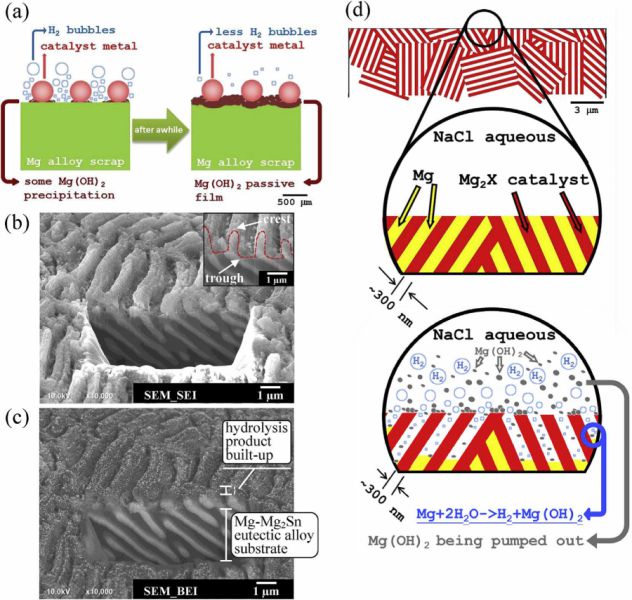
設施農業:綠能設施開發【材料系汪俊延教授】

